

The Amp Supply "LA" series of HF Amateur Amplifiers use 4 or more common "TV Sweep Tubes" in
a classic grounded grid circuit layout. Amp Supply and it's elder directly related cousin
Dentron Amplifiers were sold as high preformance budget priced models which could
provide substantial rf output when "pushed" in low duty cycle voice modes like SSB. This model
and classic type of amplifier employees "sweep power tubes."
"Sweep, Beam & TV Horizontal Output" are names used to describe a similar family of glass tetrode
and pentode tubes, most often with at least a 9 pin base, many also use a 12 pin base physical
package layout. Many of the Amp Supply and Dentron amplifier models had a "Quartet" of sweep beam
power tubes on board. Amp Supply LA- 1000 series models were sold in at least two versions and
color paint schemes. The type of circuit and tube layout pretty much remained the same
through the years.
There is a generic Manual Tune version without 10 meters installed (post FCC ban
production dates) and a similar layout "No-Tune" version. I have both versions, ...the manual
supplied with my No-Tune version is the exact (same as the) Manual-Tune paper work. Since
the circuit layouts are similar, one can and should repair their No-Tune model amplifier
using the Manual-Tune circuit diagram... noting the physical and electronic differences.
Re: Sweep - Beam - Horizontal Output - Family Power Tubes.
Many of these type tubes had external (top mounted) anode connection points, although
there are quite a few base-pin anode connection types in the family. A late revision
RCA Receiving Tube Manual should have good descriptions, operational data and pinouts
of these similar family types. Examples to look up might be the more common 6LQ6 (considered
the same as the 6JE6), 6KD6, 6LX8, 6LF6, 6JM6, 6JU6, 6HF5 and so on... The LA-1000 uses
6JM6 "external anode" tubes "screaming for help" at a rather high anode (plate) voltage. As
did Dentron, the selected tubes were often run when in excess of their recomended ratings.
You won't like what I'm going to write below, but it's the truth and needs to be said at least once. IMO Dentron and Amp Supply Amplifiers are very poorly engineered units, on a Scale From One To Ten, I give them maybe a 5 or 6 Max for certain "ok models"... remember, that's my opinion.
Most every model I've seen has some type of serious circuit short comming that needs to be
addressed to make the amplifier stable (ie: safe & not blow up) and operate a predictable or
what would be considered a normal life span. Common examples are cathode current cutoff in
standby (receive) mode, addition of major and basic glitch protection of parts, modern amp
technology updates and improved circuit designs.
Some of these common classic problems are what the articles I've presented on sonic address,
to mention some of the issues and deal with them using practical current amplifier construction -
operation technology. Otherwise, owners are obviously welcome to obtain and operate an Amp Supply
- Dentron Amplifier original circuit for as long as possible and practical. Your results can and
will probably vary...
Here's an example of really nice cosmetics vs proper durability and function. Notice the
plastic handle power and standby/operate switches in the bottom left of the picture.
These cheap plastic ac switches are often way over rated and should be replaced (At least the
power switch). With enough time, the power switch will fail from electrical problems if the
handle assembly doesn't first fail from physical fatigue. Some people are carefull and will
receive years of use from said, but they are not great switches to trust. Replace them
if/when you can. Believe me, it's just the tip of the iceberg... wait until you get inside the
amplifier.
I've scanned in the circuit diagram of the LA-1000 Amplifier which was supplied with my No-Tune
LA-1000 Amplifier (the dark one shown below). Yes, they are all pretty much the same as the
"manual tune" version diagram, but that's pretty much the only paperwork Amp Supply sent out.
Most any good Amplifier tech type should be able to work with the basic diagrams. I would hope
to scan in the entire manual and add it to the down load package as time allows, it's not been
on my main burner as of late. You can now page back to the main Amateur Radio Page to down
load the package paperwork if you like. The back button on your web browser gets you to the
main Amateur Radio Page where the manual down load icon lives.
This is the classic dark or early color scheme, not to much different from a Dentron is it...
I like both amplifier brand cosmetics, at least that part was well thought out. The above
amplifier is the No-Tune version which is pretty much the same layout as the Manual-Tune model.
Notice how the front panel physical layout is the same as the Manual Tune Model. The tune and
load caps serve other functions in the NT version. Same holes are punched in the metal.
Amp Supply was another try by the people in Dentron ("Denny") and others after some not-so-cute
personal and financial things closed the Dentron Company. Alas, the bad habits of the same
people caused Amp Supply to fall by the wayside in similar order. Yes, the circuits are very
similar between the Dentron and Amp Supply brands, almost exact for some circuits... Amp Supply
had a better reputation in the Amateur Community (reason unknown) and was probably considered a
next or newer geneartion, hence they seem to keep a higher resale value through the years when
you see them sold on the used market.
The above picture shows the inside of the No-Tune version where the layout is clearly shown.
The board on the top right is the input matching network with toroids and "select relays"
for each band. The variable caps on the front right are the presets, one cap for each band.
Alignment for the No-Tune amplifier is done with the amplifier placed into a dummy load
(termination) of the proper power level. Remember to be safe when working on or adjusting any
amplifier.
The famous tuned input circuit board using a rather novell circuit approach. The desired network
is switched in the rf path using dip type relays. The contacts won't take a lot of power, but I've
not seen any fail yet. One thing to note is these models cover the 160 Meter Amateur Band. The
1.8MHz position was added "to cover" the extra available switch position when the 10 meter band
was imposed by the FCC. Pre ban amplifiers most often covered 80-10 meters, post ban amplifiers
shifted to 160-15 meter bands.
And of course the bottom view of the tuned input board. These next three pictures are from our friend
Errol who is working through an amplifier he picked up used. The brown caps are high quality
silver mica types.
A lot of stuff jammed into one small package... almost a night mare to work on for most people.
It would help to add some major RF and AC area shielding. It might almost be worth while to
transfer the whole amplifier layout into a larger case.
The zip package also includes my dentron cathode cut-off mod and other trivia. There's only
one Amp Supply paper scan included, but it is the LA - 1000 NT amplifier circuit I have. Email
me direct using the icon below if you have specific questions, I'll try to help as I can. I hope
to get the entire manual scanned and ready for down load, but to be honest... it's not really
very exciting or usefull.
Send in your Dentron, Amp Supply and other related paperwork and I'll add it to sonic. You get
the source credit if you like. We'd always like to add to this resource. The Dentron GLA-1000
is an elder cousin of the Amp Supply LA-1000 models. You might consider reviewing the Dentron
Mod I've included, vs the scan of the Ham Radio Magazine Dentron article... or both to have as
reference. There are errors in the HR Mag article.
enjoy
We/I get a lot of Email from visitors who drop into these file down load description pages
via a web search "engine" (like Google). Vistors are not able to locate the file download
icon for that specific description page. There is a simple way to find the file download
icons on the main http://www.radiowrench.com/sonic sonic
web page...
First and best: Use the menu icon just below to the main sonic page.
Second: Back space out the page your now looking at in your browser location line. As an example,
using the http://www.radiowrench.com/sonic.so2004.html description page. Remove the last portion
of the web location with the keyboard back space key to read http://www.radiowrench.com/sonic
then press your Enter Key to reload the main sonic page "just in front" which would probably
has the inforamation you're looking for. This works on most of the current browsers at most web
sites.
Third: You can always contact me using the Email Icon below. I'll try to get a back to you
asap with a practical answer.
I can easily defend the above statement with technical examples and more, but it's
not practical or worth my time to write it all up here. What I will say is that most any
Dentron and Amp Supply Amplifer model can be made into a pretty nice unit with a bit of simple
circuit mods and basic layout re-work. Dead or failed Amplifiers make really nice rebuild or parts
platforms to start a project from. Best of all, prices for troubled amplifiers are often within
reach of the budget minded and patient amplifier project builder.
OK, time to move on... off the soap box now.



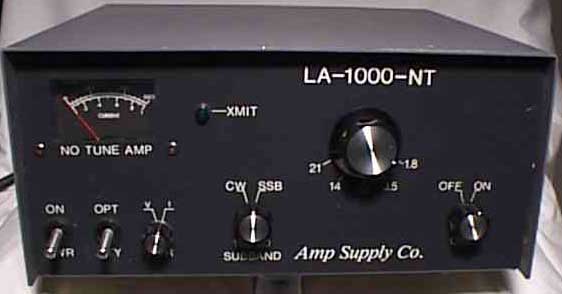

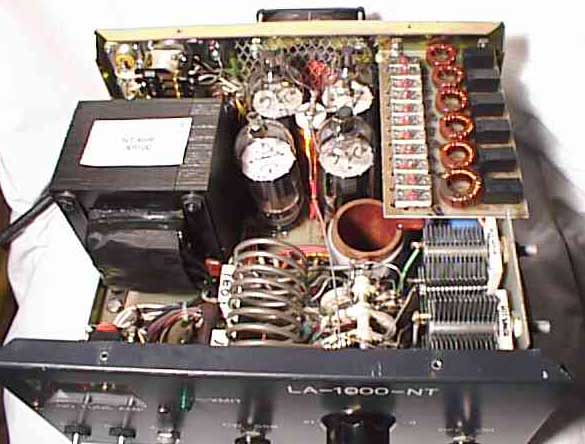

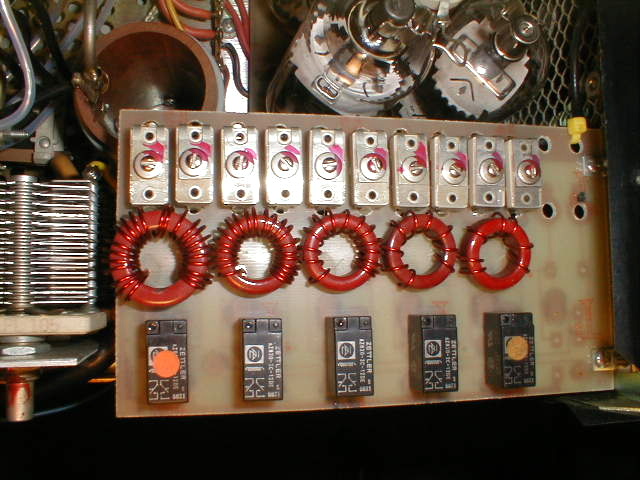

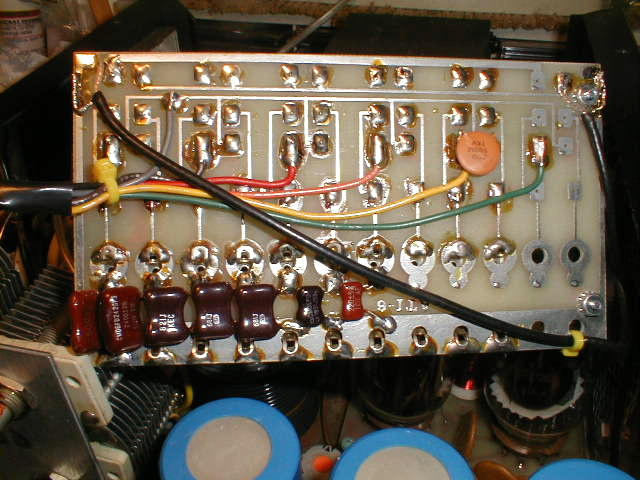




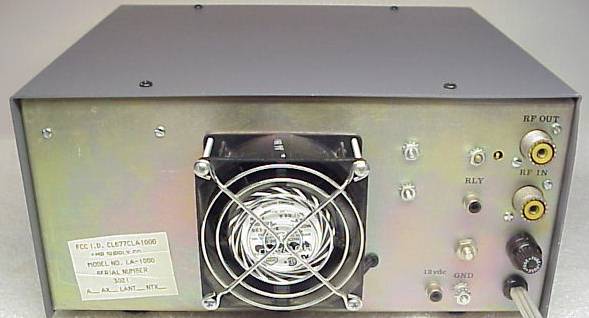

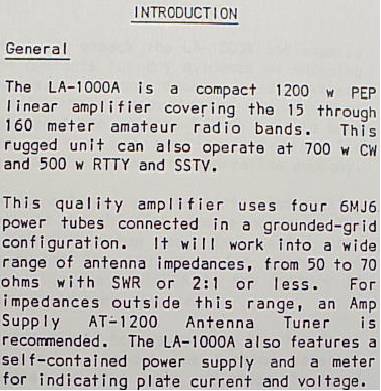

skipp

Enjoy, come back when you can...